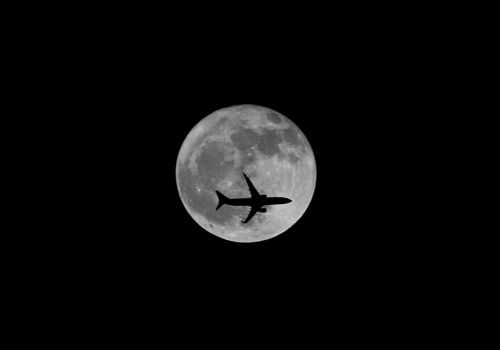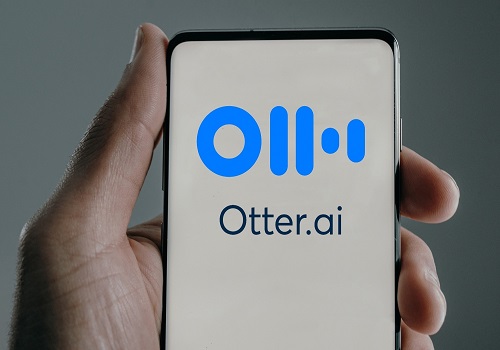Harvesting energy from radio waves to power wearable devices

Follow us Now on Telegram ! Get daily 10 - 12 important updates on Business, Finance and Investment. Join our Telegram Channel
A team of researchers have developed a way to harvest energy from radio waves to power wearable devices.
The study indicates that current energy sources for wearable health-monitoring devices have their place in powering sensor devices, but each has its setbacks.
Solar power, for example, can only harvest energy when exposed to the sun. A self-powered triboelectric device can only harvest energy when the body is in motion.
"We are utilizing the energy that already surrounds us -- radio waves are everywhere, all the time," said researcher Huanyu "Larry" Cheng from Penn State in the US.
"If we don't use this energy found in the ambient environment, it is simply wasted. We can harvest this energy and rectify it into power," Cheng added.
For the study, published in the journal Materials Today Physics, the researchers developed a stretchable wideband dipole antenna system capable of wirelessly transmitting data that is collected from health-monitoring sensors.
The system consists of two stretchable metal antennas integrated onto conductive graphene material with a metal coating. The wideband design of the system allows it to retain its frequency functions even when stretched, bent and twisted.
This system is then connected to a stretchable rectifying circuit, creating a rectified antenna, or "rectenna", capable of converting energy from electromagnetic waves into electricity.
This electricity that can be used to power wireless devices or to charge energy storage devices, such as batteries and supercapacitors.
This rectenna can convert radio, or electromagnetic, waves from the ambient environment into energy to power the sensing modules on the device, which track temperature, hydration and pulse oxygen level.
Compared to other sources, less energy is produced, but the system can generate power continuously -- a significant advantage, according to the researcher.












 320-x-100_uti_gold.jpg" alt="Advertisement">
320-x-100_uti_gold.jpg" alt="Advertisement">












